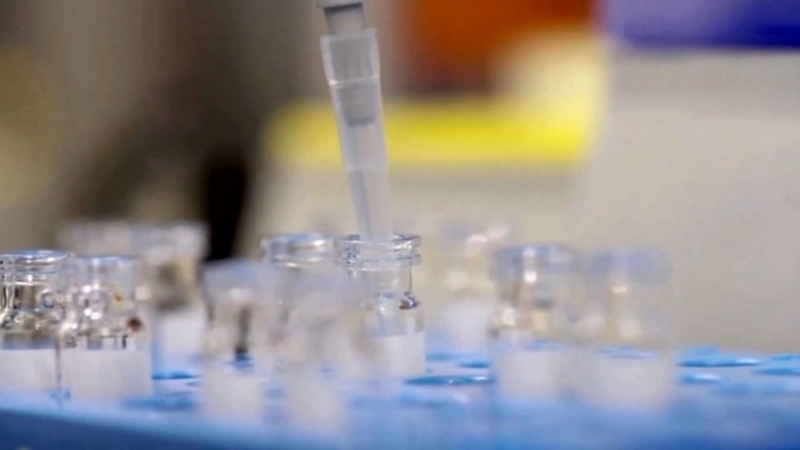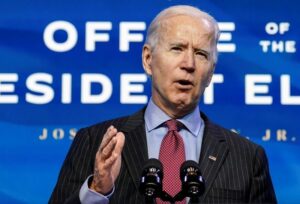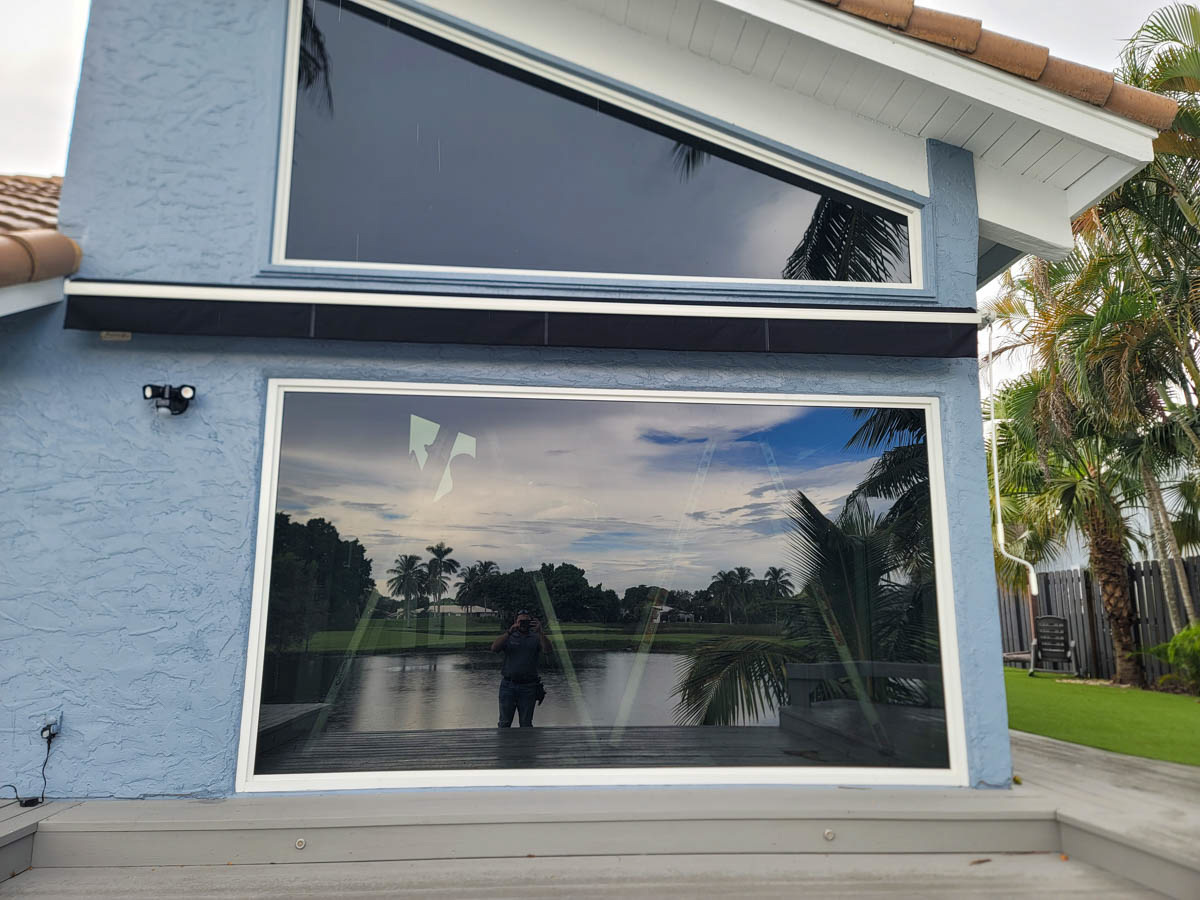U.S. likely to fall short of goal to vaccinate 20 million people against Covid by end of year

With only a few days to go, the United States will probably fall short of its objective to vaccinate 20 million Americans constantly end as the country sets out on what will be a memorable mission to vaccinate a huge number of individuals against the Covid by the center of one year from now.
Two Covid-19 vaccines from Pfizer-BioNTech and Moderna have now been given crisis approval from the Food and Drug Administration, making ready for the primary small bunch of bleeding edge medical care laborers and weak long haul care inhabitants to be vaccinated against the infection.
The Trump administration’s vaccine program, Operation Warp Speed, intended to give 40 million dosages of antibodies between the two organizations before the year’s over, which would’ve been sufficient for around 20 million individuals since each medication requires two shots at contrasting spans.
As of the most recent figures delivered Monday, nonetheless, it appeared to be far shy of that objective: The Centers for Disease Control and Prevention said only more than 11.4 million portions had been circulated since Dec. 13 however just about 2.1 million had been regulated. The CDC noticed various purposes behind the impressive contrast between the quantity of dispersed dosages that still can’t seem to be managed.
A contributor to the issue is a slack in information detailing, the organization stated, while different issues lie with how wards are dealing with their portions. The dispatch of the national government’s association with significant drug store chains like CVS and Walgreens, which will be entrusted with immunizing long haul care occupants, is as yet forthcoming, the CDC said.
In any case, regardless of whether there’s undercounting, the United States is still “beneath where we need to be,” White House Covid counselor Dr. Anthony Fauci told CNN’s “New Day” on Tuesday.
“I believe that as we get into January, we are going to see an increase in the momentum,” Fauci said, adding that he hopes that push will be enough to “catch up to the projected pace that we had spoken about a month or two ago.”
In any case, a couple of months prior the government’s expectation for the number of portions would be accessible was a lot higher than its possible 40 million edge. In October, Health and Human Services Secretary Alex Azar said during a feature discourse at a virtual occasion facilitated by Goldman Sachs that there could be upwards of 100 million portions accessible.
There have likewise been perceptible obstacles en route. President Donald Trump’s Covid-19 antibody autocrat, Moncef Slaoui, recognized to journalists a week ago that the 20 million objective was “unlikely to be met” and the ramp-up of immunizations “is slower than we thought it would be.”
U.S. Armed force Gen. Gustave Perna, who administers coordinations for Operation Warp Speed, consistently apologized instantly following the underlying dispersion of Pfizer’s immunization after some state authorities revealed their designations of dosages were cut, and it wasn’t clarified who was to blame.
“The mistake I made is not understanding with exactness — again my responsibility — on all the steps that have to occur to make sure the vaccine is releasable,” Perna said at a press briefing Dec. 20.
Pfizer disclosed in an assertion to CNBC that each parcel of its antibodies should get “certificates of analysis” in any event 48 hours before dispersion under the organization’s crisis use approval with the FDA. While it wasn’t clarified whether the endorsements were the purpose behind the error between the numbers Perna initially gave the states, those assessments were cut since the dosages weren’t accessible for discharge.
“These doses are being distributed at states’ direction to the American people as quickly as they are available and releasable, and the rapid availability and distribution of so many doses – with 20 million first doses allocated for distribution just 18 days after the first vaccine was granted emergency use authorization – is a testament to the success of Operation Warp Speed,” said Michael Pratt, a spokesman for the vaccination program, in a statement Tuesday.
Pratt said there should be 20 million portions of antibodies designated to the wards before the finish of December and circulation will length into the principal seven day stretch of January. The subsequent dosages will at that point be dispersed half a month later.
“We were too ambitious in our initial rollout,” Dr. Leana Wen, former Baltimore health commissioner, said Tuesday. “Here’s what happened. Here’s what we’re going to do to fix it. That’s what we should be hearing.”
Just gets harder from here
The more slow than-anticipated starting rollout is significantly additionally concerning this right off the bat since “this was supposed to be the easy part,” Wen said.
Since portions of the approved antibodies are so scant, the government urged states in any case immunizing just medical care laborers and long haul care inhabitants, which implies that clinics and drug stores that have collaborated with long haul care offices are liable for the organization of shots.
At the point when the public authority opens up qualification to get the shot to a more extensive part of the populace, immunization portions should be managed outside of medical clinics and nursing homes, which could make more difficulties, said Wen, a crisis doctor and general wellbeing educator at George Washington University.
“When we talk about actually people in the community coming to locations like pharmacies, doctor’s offices … that’s the hard part,” Wen said in a phone interview.
Genuine number likely ‘substantially higher’
State and neighborhood authorities foreseen some early hiccups, which is, to some extent, why the public authority chose to begin with medical services laborers, Dr. Marcus Plescia, boss clinical official at the Association of State and Territorial Health Officials, said in a telephone talk with Tuesday.
“There are kinks that have to get worked out and this was probably a good population to work them out with,” he said, adding that preparation was a rapid process. “It’s just been a rapid speed preparation for this launch and states and locals getting a lot of needed information at the last minute.”
As of not long ago, nonetheless, Plescia added that he has not known about any “major snafus,” and he anticipates that the speed of immunizations should truly get in January. He said he accepts the genuine number of portions directed is likewise “substantially higher” than the tally distributed by the CDC.
That is on the grounds that the CDC is likely depending on state immunization vaults, which are far obsolete, Plescia said. The nature of state libraries shifts the nation over, however “even the best ones, I wouldn’t really call them 21st century IT systems,” he said. The Christmas and New Year’s days off are both likely affecting the capacity of emergency clinics to immunize their workers, as well.
“We are in the middle of one of the biggest national holidays of the year and everybody’s had a pretty rough year, so I think people really are taking some time off,” he said. “That’s certainly going to slow down the demand.”
For example, Riverside Health System in Virginia started immunizing its forefront medical services laborers on Dec. 16, however chose to restrict the quantity of arrangements in the initial not many days, Riverside’s main drug store official, Cindy Williams, recently told CNBC in a telephone meet. That would permit the wellbeing framework to decide how much interest there would be and to discover how its system would function, she said.
“What we found is that we were much more efficient than we thought we were going to be,” Williams stated, adding that Riverside Health was at last ready to significantly increase the quantity of arrangements given in a timeframe at times. Williams said it wouldn’t hold any arrangements on Christmas Eve and Christmas Day and wanted to restart immunizations on Monday.
“We’re ramping things up pretty rapidly, and we’re also finding that team members have been very willing to step up and sign up for the clinics,” Williams said.
Some uplifting news
States and neighborhood purviews got some invited news this week after Trump marked the Covid help and government subsidizing bundle into law on Sunday: $8.75 billion in extra financing for their immunization appropriation programs.
The cash, which is in accordance with what public associations had called for, would help pay for extra work force for inoculation facilities, sufficient assets to securely store portions at super low temperatures, needles and other basic supplies, and an improved interchanges exertion to convince individuals of the medications’ wellbeing, among different expenses.
The subsidizing has been bound to happen. For quite a long time, state and nearby wellbeing offices have been approaching Congress to give more than $8 billion in extra assets to do their antibody conveyance plans, which were finished and submitted to the CDC in October.
“This money is late,” said Adriane Casalotti, head of government and public issues at the National Association of County and City Health Officials.
“This is something that should have been done in the spring and in the summer so that folks could do some of the buildup before the vaccines were available. Now they’re trying to do the build up while vaccines are available,” Casalotti said in a phone interview Thursday.
About Author
Disclaimer: The views, suggestions, and opinions expressed here are the sole responsibility of the experts. No Feature Georgia Heralds was involved in the writing and production of this article.






